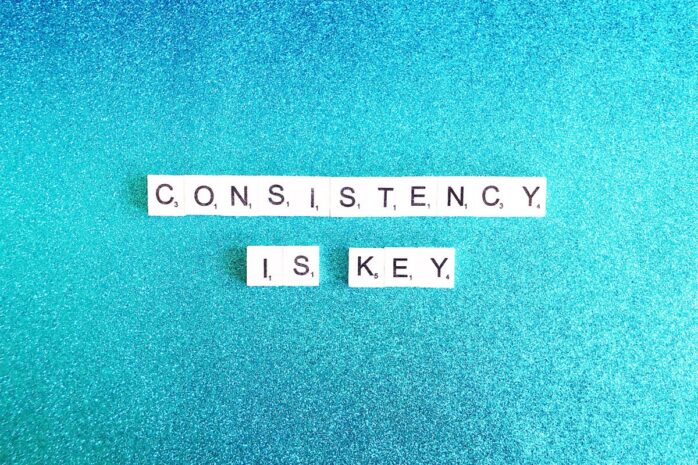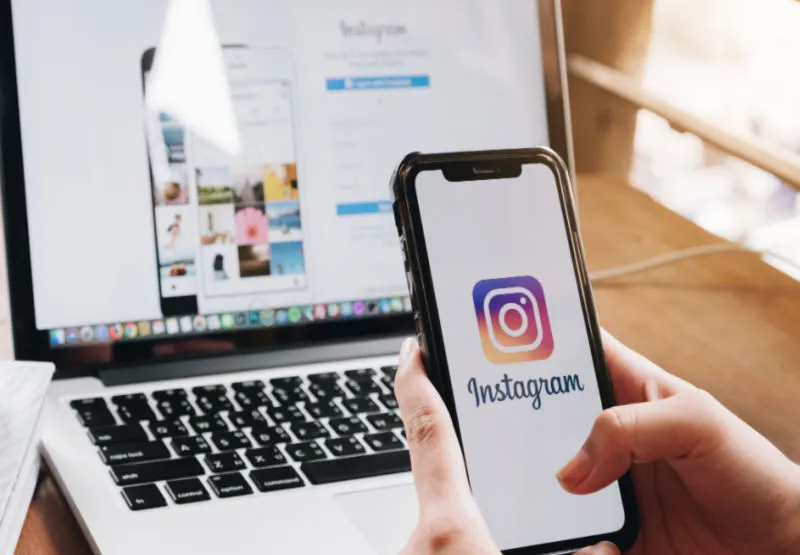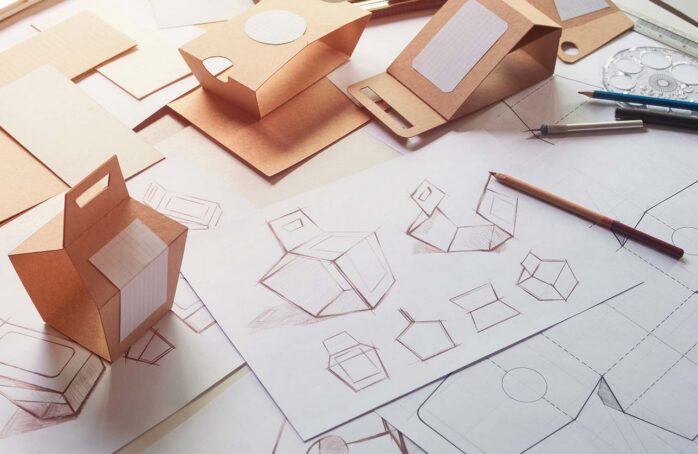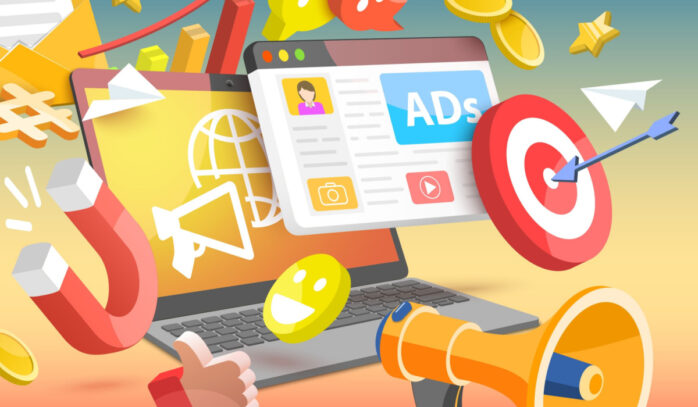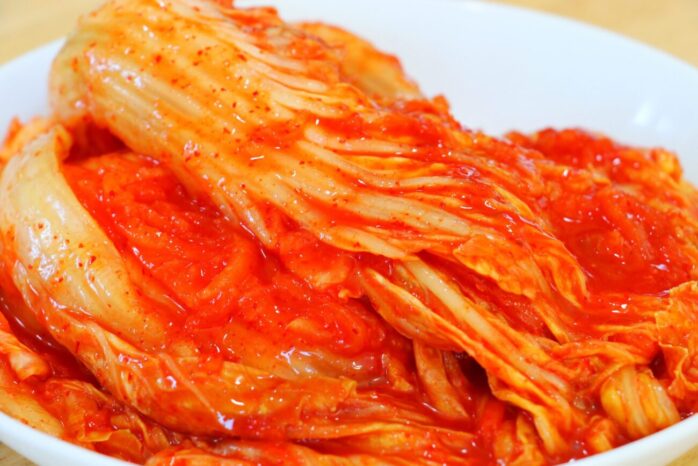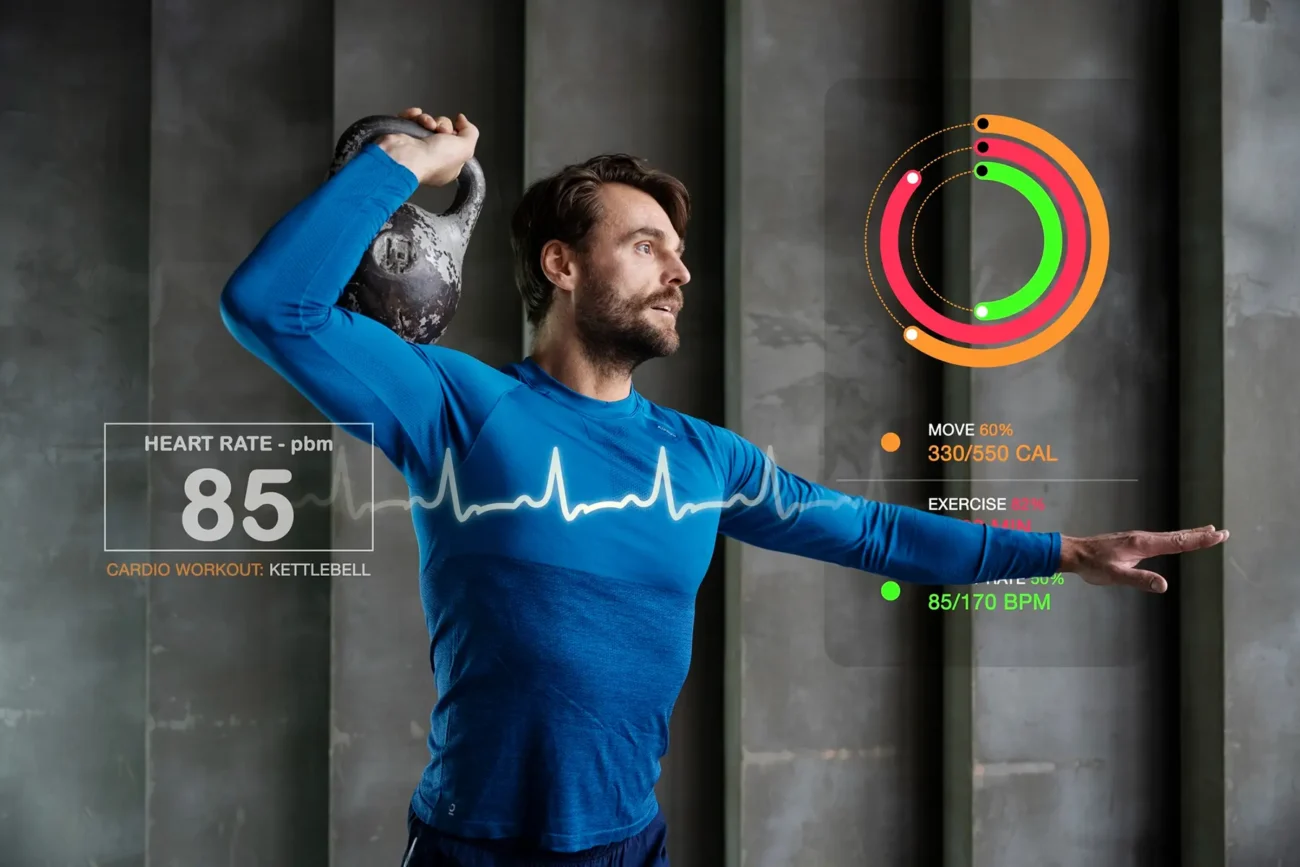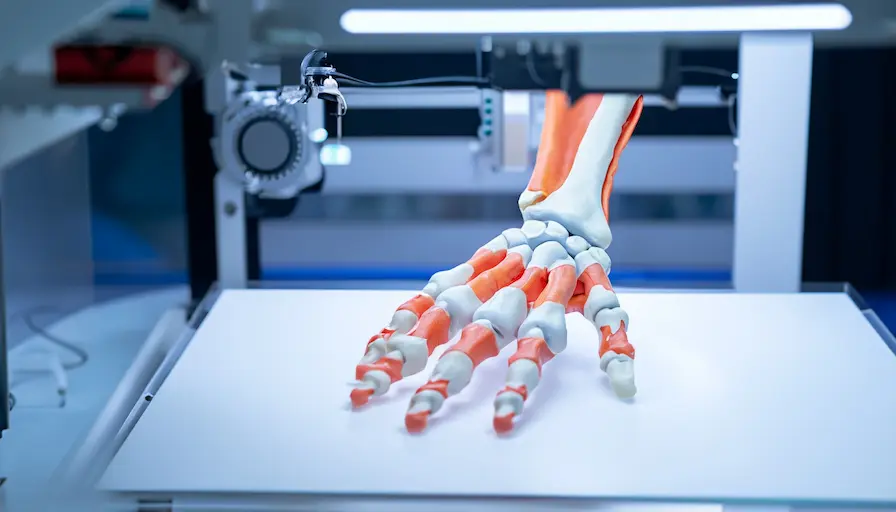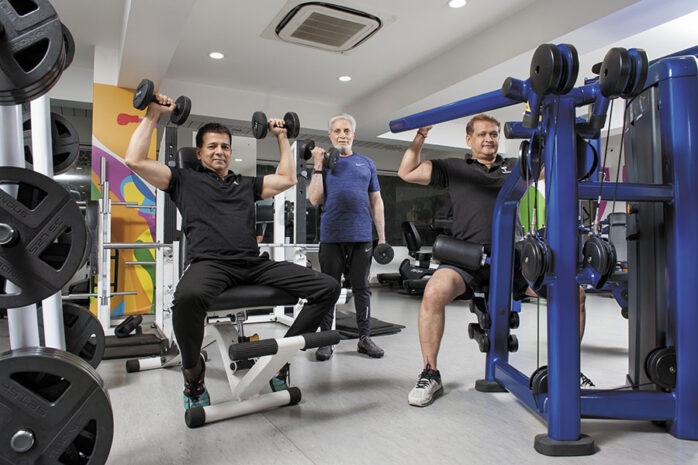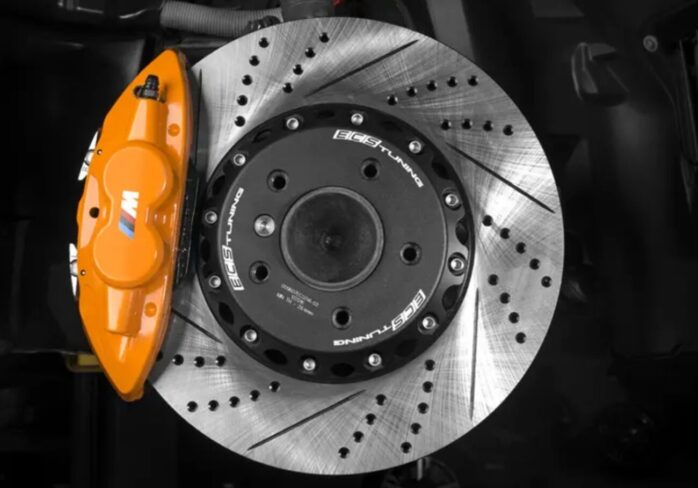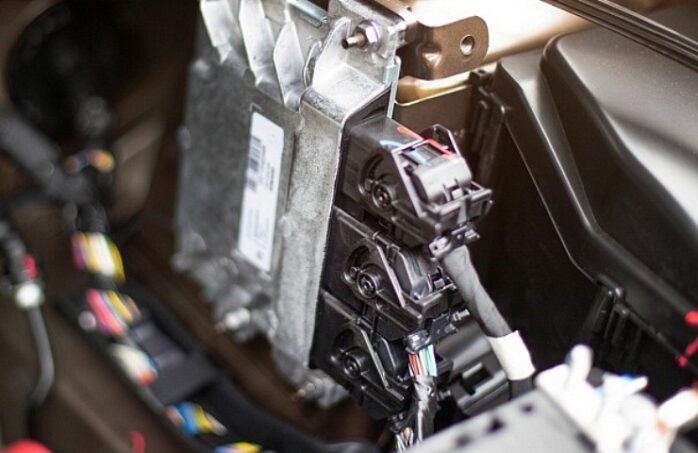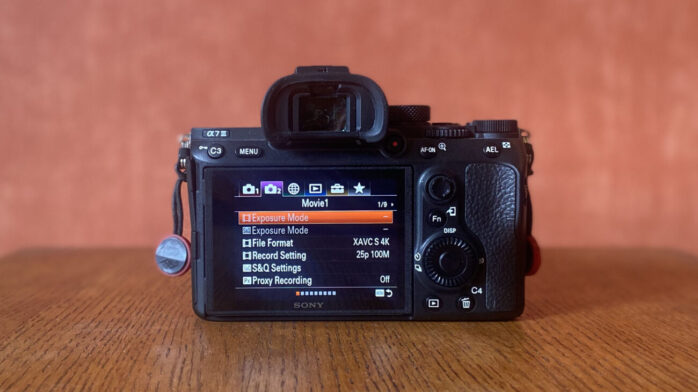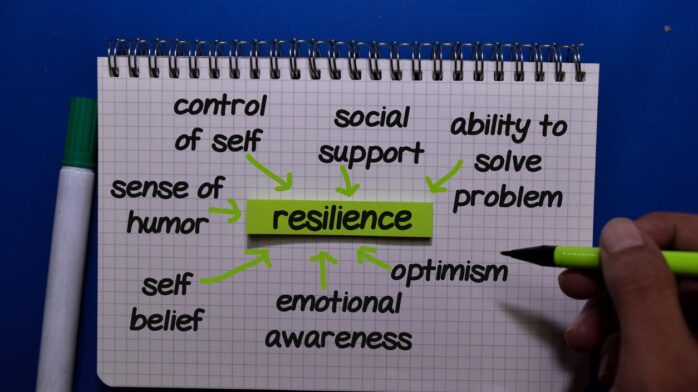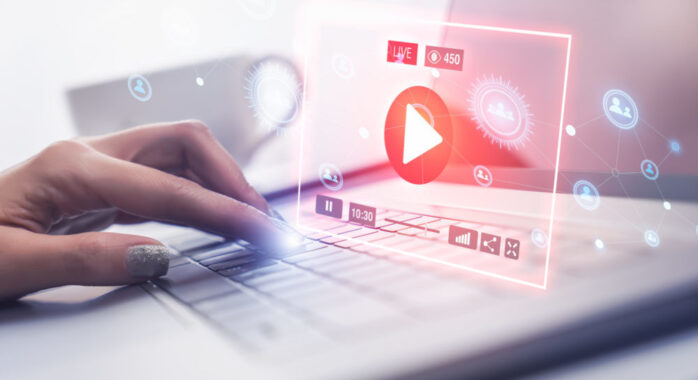In the exciting world of schools, assemblies are special. They’re not just a pause from classwork. they’re a colorful mix of learning, motivation, and togetherness. Making an assembly that really speaks to everyone – students, teachers, and maybe even the whole community—takes some smart planning. As we move through 2024, let’s dive into how to put together school events that everyone will remember, with a guide that’s both thorough and easy to follow.
Why Are We Doing This?
First things first, figure out why you’re holding the School Assembly. These get-togethers can do a lot of things, like celebrating good work, exploring different cultures, or talking about important issues like kindness or feeling good about ourselves. Knowing what you want to achieve helps shape everything about the assembly, from the kind of talks to the overall vibe. When your goal is clear, every decision you make, from picking speakers to choosing topics, will hit the mark.
Picking a Theme
Choosing a theme is like setting up the background for a play; it ties everything together. The theme should click with the kids and reflect what your school stands for. It could be anything from ‘Bouncing Back from Tough Times’, ‘The Magic of Books’, or ‘Being a Good Global Neighbor’. The theme should grab the students’ interest and be broad enough to cover lots of different activities and talks that appeal to everyone.

Getting the Right Team
A great assembly is all about having the right people on board. From inspiring speakers and passionate teachers to talented students, getting a good mix can really lift the whole event. Think about inviting local heroes, former students, or specialists to add some extra flavor. Getting students involved in the planning and doing not only makes things easier but also lets them take pride in the event, making it more special for everyone.
Nuts and Bolts
They say the devil’s in the details, and it’s true. Good planning and sorting out the nuts and bolts turn a great idea into a smooth event. This means thinking about things like how big the place is, sound and video equipment, making sure everyone can get in, and picking the right time for the assembly. Planning ahead means you’re ready for surprises and ensures that everyone knows what they’re doing. A step-by-step plan that covers everything from the welcome to the goodbye makes sure nothing is left to chance.
Content is Key
What you talk about and do at the assembly is super important. The topics should match your theme and goal but also be fun and engaging. Think about using videos, live shows, interactive questions, or even a bit of audience participation. The aim is to keep everyone interested and involved. The more the students get into it, the more they’ll take away from the assembly.

Build the Hype
Getting people excited about the assembly can make a big difference. Spread the word through school news, announcements, social media, and in class. Little hints about what to expect, like who’s speaking or what activities there’ll be, can get everyone looking forward to it. This buzz not only means a packed house but also gets the kids ready to listen and join in.
Thinking It Over
An assembly isn’t just about the day itself; it’s also about thinking it over afterward. Getting feedback from kids, teachers, and anyone else involved helps you know what hit the mark and what could be better next time. You could chat about it, send out a quick online survey, or hand out feedback forms. This helps you see the impact of the assembly and keeps making them better and better.
Tech Touch
We live in a digital world, so using technology can take your assembly from standard to standout. Things like live questions or digital votes can make it interactive, letting the students have their say. Using videos, digital stories, or even something as cool as virtual reality can make topics come alive in a way that just talking can’t. And tech means you can bring in speakers from anywhere, widening your options. Using tech not only makes the assembly more engaging but also fits right in with the tech skills students need today.

Everyone’s Invited
The best assemblies make everyone feel part of it, no matter who they are. Planning with everyone in mind means thinking about different views and making sure everyone can join in, including students with disabilities. Choose themes and speakers that show the variety of the world and your school. This way, every student can see a bit of themselves in the assembly, making it richer for everyone and highlighting how important diversity and inclusion are.
Making It Interactive
One key to a standout assembly is making it interactive. When students can participate, they’re not just sitting and listening—they’re a part of the action. This could mean anything from live debates and student-led panels to interactive art projects or group challenges related to the theme. Encouraging students to share their thoughts, ask questions, and even lead parts of the assembly makes the experience more vibrant and memorable. Plus, it’s a great way to shine a spotlight on different talents and perspectives within your school.
Celebrating Successes
Don’t forget to use the assembly as a chance to cheer on achievements—big and small. This isn’t just about trophies and awards; it’s about recognizing efforts, improvements, and those quiet acts of kindness that often go unnoticed. Sharing these successes can boost everyone’s spirits and show that every positive action is valued. It’s about creating a culture of appreciation that extends beyond the assembly and into daily school life.

Final Thoughts
So, putting together a precise school assembly is about knowing what you want to do, choosing a theme that connects, planning carefully, making the content interesting, and always thinking about how to make it better next time. As we go through 2024, these gatherings will keep being a key part of school life, filled with chances to learn, get inspired, and come together. With some thoughtful planning and a sprinkle of creativity, your next school assembly can be an experience that everyone cherishes.






